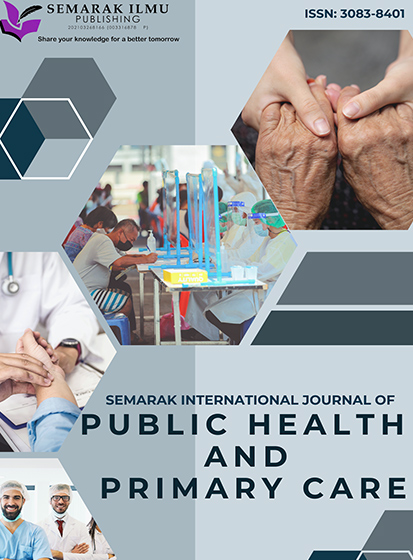Exploring Implicit and Explicit Attitudes toward Physical Activity and Sedentary Behavior among Adolescents
DOI:
https://doi.org/10.37934/sijphpc.5.1.18Keywords:
Implicit attitudes, physical activity, adolescent behaviorAbstract
Despite a growing global emphasis on youth health promotion, physical inactivity among adolescents remains a critical and unresolved public health issue. Over the past two decades, evidence has consistently shown that many adolescents fail to meet the World Health Organization's recommended physical activity levels. Traditional health interventions have predominantly focused on cognitive, motivational, and informational strategies, assuming that adolescents will make rational decisions once equipped with the right knowledge. However, these strategies have produced limited long-term behavior change. Emerging research highlights the need to address deeper psychological mechanisms, particularly implicit attitudes which automatic, subconscious evaluations that shape behavior without deliberate reasoning. These attitudes are shaped through experience, emotional association, and social learning, and they often diverge from what individuals consciously believe or report. This narrative review synthesizes key literature on the role of implicit and explicit attitudes in influencing adolescent engagement in physical activity and sedentary behavior. The review explores theoretical models such as dual-process theories, habit formation, and evaluative conditioning, and draws on international empirical studies to illustrate how these mechanisms manifest across different cultural, social, and environmental contexts. Furthermore, it critically evaluates why current interventions fail to produce sustained results and outlines a roadmap for future research and psychologically grounded public health strategies that address implicit processes. By bringing attention to this often-overlooked dimension of behavior, the review contributes to a more holistic understanding of adolescent health and highlights pathways toward more effective and enduring interventions.









